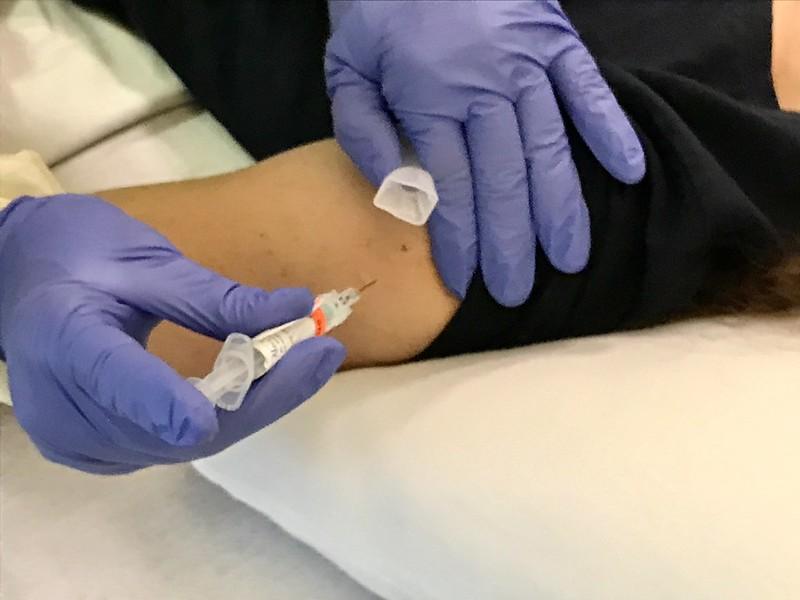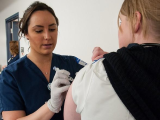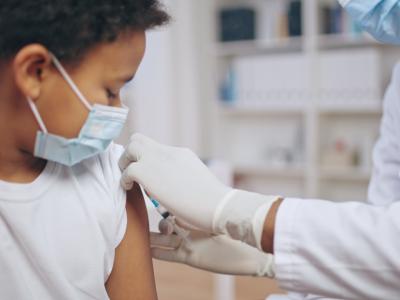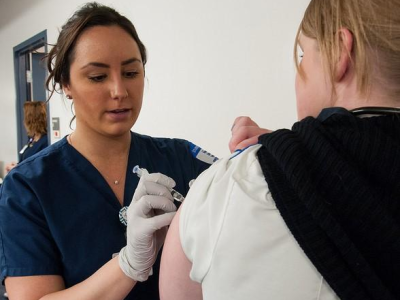Last year's seasonal flu vaccine was 41% effective in preventing medically attended flu, but offered significantly more protection against infections caused by influenza B compared to those caused by either influenza A(H1N1) or A(H3N2).
The findings were published yesterday in Clinical Infectious Diseases, and are based on outcomes seen among outpatients ages 8 months and with acute respiratory illness in seven states: Arizona, Michigan, Missouri, Ohio, Pennsylvania, Texas, and Washington. Polymerase chain reaction testing was used to determine influenza positivity and which type of strain was causing infections.
Patients were tested for flu if they reported worsening cough over the past 7 days, among other symptoms. Vaccine effectiveness (VE) was estimated with a test-negative design comparing odds of testing positive for influenza among vaccinated versus unvaccinated participants, the authors said.
Among 6,589 enrolled patients, 2,489 participants (38%) were vaccinated for influenza for the 2023-24 season, and 1,770 of all participants (27%) tested positive for influenza, including 796 for H1N, 563 for influenza B (Victoria lineage), and 323 for H3N2. Patients younger than 50 were more likely to have influenza B than influenza A.
Vaccine offered uneven protection against influenza A (H1N1)
"Influenza-positive cases were more likely to be male, of younger age, identify themselves as Black or African American, report better general health, and seek care earlier compared to test-negative controls; cases were less likely to have an underlying health condition than controls," the authors wrote.
Influenza-positive cases were more likely to be male, of younger age, identify themselves as Black or African American, report better general health, and seek care earlier compared to test-negative controls.
Among the vaccinated, 90% received an egg-based vaccine. Overall, the adjusted VE against medically attended outpatient influenza A and B viruses was 41% (95% confidence interval, 32% to 49%).
Estimated VE was 28% against the H1N1 strain, 68% against influenza B, and 30% against H3N2.
Notably, VE against illnesses caused by H1N1 varied significantly by age. Among children 8 months to 8 years, VE was 58%, but the vaccine offered no protection for adults ages 50 to 64 years.
Overall, the findings in this study matched mid-season VE estimates, which showed overall VE against any influenza ranged from 52% to 67% among children and adolescents and 33% to 49% among adults during the 2023-24 season.



















